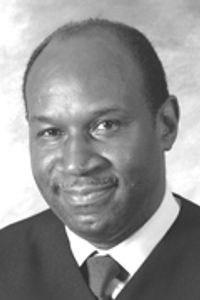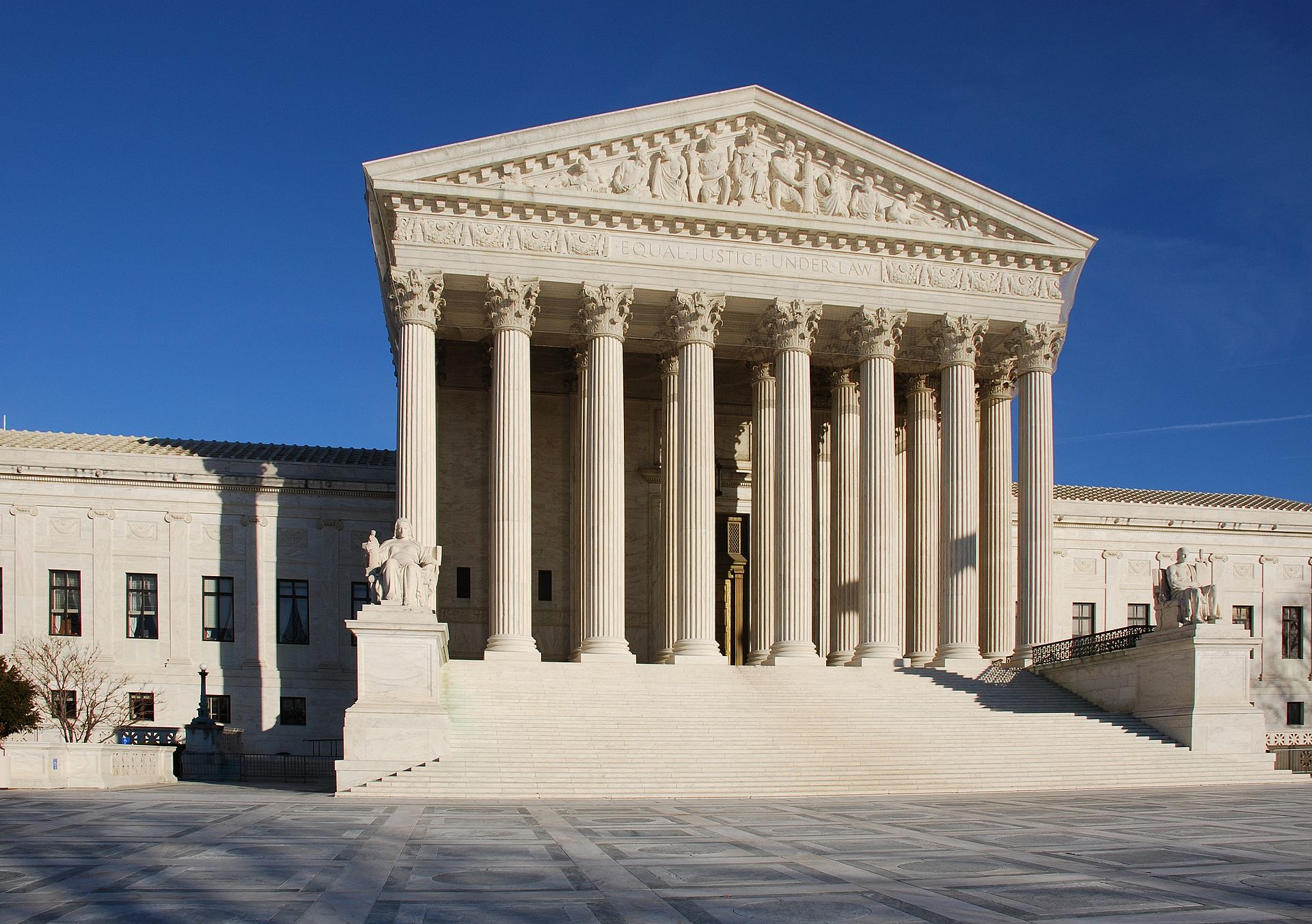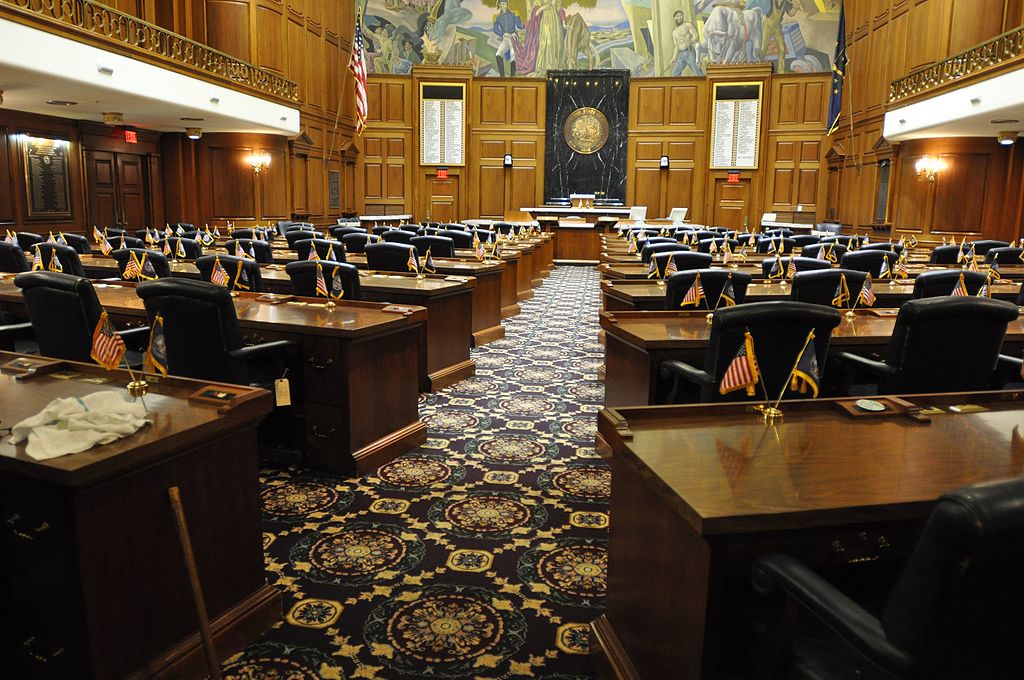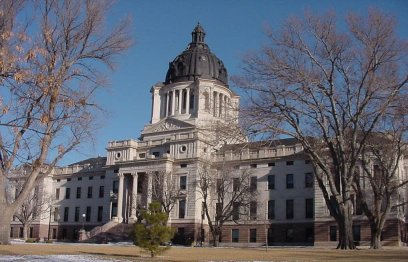Tag: appointment
-
California governor appoints Jenkins as first nominee to state supreme court

California Gov. Gavin Newsom (D) appointed Martin Jenkins to the California Supreme Court on October 5, 2020. Pending confirmation by the state Commission on Judicial Appointments, Jenkins will succeed Justice Ming Chin, who retired on August 31, 2020. Jenkins is Newsom’s first nominee to the seven-member supreme court. Under California law, state supreme court justices are recommended by the Commission on Judicial…
-
President Trump announces judicial nominee

On October 1, President Donald Trump (R) announced the nomination of Joseph Dawson to the U.S. District Court for the District of South Carolina, which is an Article III federal judicial position. Article III judges are appointed by the president, confirmed by the Senate, and serve for life. Since assuming office in January 2017, Trump…
-
Four temporary city council members selected in Toledo, Ohio

On Sept. 18, Lucas County Probate Judge Jack Puffenberger selected John Hobbs III, Vanice Williams, Tiffany Preston Whitman, and Cerssandra McPherson to fill vacancies on the Toledo City Council. Each will hold their position in a temporary capacity while legal proceedings continue for four previous council members. On July 21, council members Tyrone Riley, Yvonne…
-
President Trump announces nomination of Amy Coney Barrett to Supreme Court

President Trump (R) announced his nomination of appellate judge Amy Coney Barrett to the U.S. Supreme Court Saturday to fill the vacancy opened by the death of Associate Justice Ruth Bader Ginsburg. Barrett is currently a judge on the U.S. Court of Appeals for the 7th Circuit, the federal appellate court with jurisdiction over Illinois,…
-
Office of Personnel Management proposes to reclassify ALJs within civil service

The Office of Personnel Management (OPM) on September 21 issued a proposed rule that would reclassify administrative law judges (ALJ) within the federal civil service. The proposed rule aims to implement President Donald Trump’s (R) Executive Order 13843 of July 2018, which moved ALJs from the competitive service to the excepted service. Prior to E.O.…
-
DeSantis appoints judge, attorney to Florida Court of Appeals

On July 29, Florida Gov. Ron DeSantis (R ) filled two vacancies on the Florida Second District Court of Appeal. The court is one of five intermediate appellate courts in Florida. Intermediate appellate courts serve as an intermediate step between the trial courts and the courts of last resort in a state. The Florida District…
-
Lujan appointed to New Mexico House of Representatives

The Santa Fe County Commission appointed Tara Lujan (D) to the New Mexico House of Representatives on July 23. Lujan fills the District 48 seat vacated by Linda Trujillo (D) on July 9, when Trujillo resigned in order to focus on full-time work due to the coronavirus pandemic. Lujan will serve in the New Mexico…
-
O’Hearn appointed to Wyoming House of Representatives

Natrona County commissioners appointed Kevin O’Hearn (R) to the Wyoming House of Representatives on July 28 to fill the seat vacated when Carl “Bunky” Loucks (R) resigned in early July. O’Hearn was sworn into office on July 30. He will represent District 59 in the chamber for the remainder of Loucks’ unexpired term, which is…
-
Indianapolis city-county councilmember Johnson appointed to Indiana House of Representatives

Marion County Democratic committee members appointed Blake Johnson (D) to represent District 100 in the state House of Representatives on Saturday, June 27. Johnson replaces former Representative Dan Forestal (D), who resigned on June 15 following the second of two arrests he experienced in 2019 and 2020. Johnson served as a city-county councillor in Indianapolis…
-
Crabtree replaces Youngberg in the South Dakota

Gov. Kristi Noem (R) appointed Casey Crabtree (R) to the South Dakota State Senate on June 19, one day after Jordan Youngberg (R) resigned to take a full-time position with the South Dakota State Treasurer’s office. Crabtree’s appointment to represent District 8 was effective immediately. Crabtree will serve the remainder of Youngberg’s unexpired term, which…

